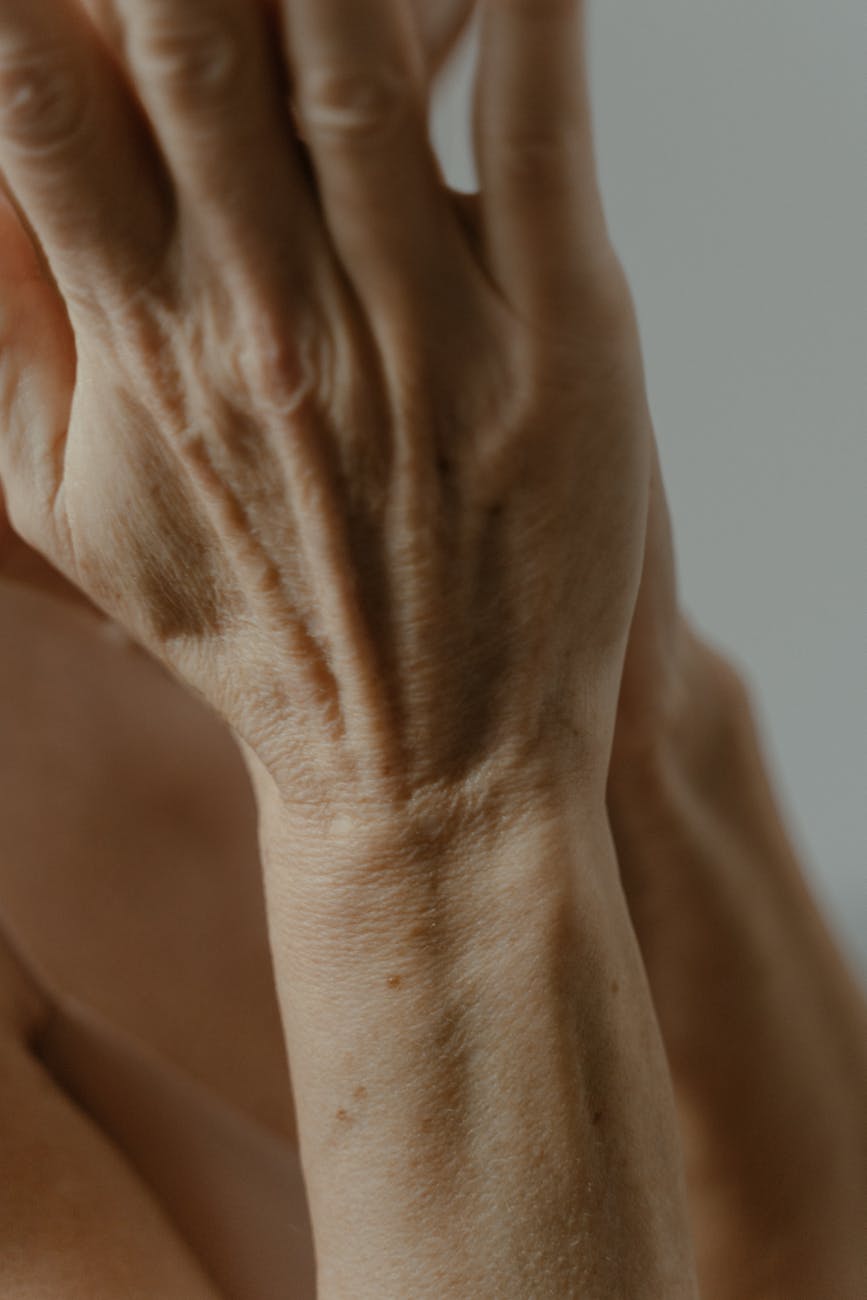
Poor circulation in the hands and fingers is a prevalent issue that many people grapple with. It can manifest in various ways such as cold hands, numbness, and tingling, or even pain. Understanding the causes, symptoms, and potential remedies for this condition is essential for effective management and relief.
Understanding the Causes
Numerous factors contribute to poor circulation in the hands and fingers. Some of the common causes include:
- Medical Conditions: Conditions such as Raynaud’s disease, diabetes, and heart diseases often lead to circulation problems.
- Lifestyle Factors: Smoking, lack of exercise, and excessive caffeine or alcohol consumption can also impact blood flow.
- Environmental Factors: Cold weather can exacerbate symptoms, causing the blood vessels to narrow, restricting blood flow.
Recognizing the Symptoms
Recognizing the signs of poor circulation is the first step towards finding a solution. Common symptoms include:
- Temperature Sensitivity: Hands may become unusually cold or hot.
- Color Changes: Fingers or hands may turn red, white, or blue.
- Numbness and Tingling: A lack of sensation or a “pins and needles” feeling is common.
- Pain and Swelling: Hands may ache or swell, causing discomfort.
Exploring Natural Remedies
There are several natural remedies that can help improve circulation:
- Exercise: Regular physical activity can enhance blood flow. Simple hand and wrist exercises can be particularly beneficial.
- Hydration: Maintaining adequate fluid intake is essential for overall circulatory health.
- Diet: Consuming foods rich in antioxidants and omega-3 fatty acids, such as fruits, vegetables, and fish, can promote blood flow.
Treatment Options
Various treatment options can be explored based on the severity and underlying causes of the condition:
- Medication: Certain medications can help improve blood flow. It’s essential to consult a healthcare professional for personalized advice.
- Thermal Therapy: Using warm water soaks or heating pads can provide temporary relief from symptoms.
- Massage and Physiotherapy: These therapies can help alleviate symptoms and improve hand function.
Managing Diabetes-Related Circulation Issues
For individuals with diabetes, managing blood sugar levels is crucial. Regular monitoring, a balanced diet, and appropriate medication are essential aspects of managing diabetes-related circulation issues.
Improving Circulation through Lifestyle Modifications
Lifestyle modifications such as quitting smoking, reducing caffeine intake, and managing stress levels can have a significant impact on improving circulation.
Conclusion
Poor circulation in the hands and fingers can be a challenging condition to manage, but with a comprehensive understanding of the causes, symptoms, and treatment options, it is possible to navigate these challenges effectively and find relief.
FAQs
1. What are some exercises to improve circulation in the hands and fingers?
Engaging in exercises such as wrist flexor and extensor stretches, making a fist, finger stretches, and resistance band workouts can be quite beneficial. These exercises promote flexibility, strength, and enhanced blood flow to the affected areas.
2. How does diet impact circulation in the hands and fingers?
A balanced diet rich in essential nutrients, antioxidants, and omega-3 fatty acids can promote healthy blood flow. Incorporating a variety of fruits, vegetables, whole grains, and lean proteins is advisable.
3. What role does temperature play in affecting circulation to the hands and fingers?
Cold temperatures can cause the blood vessels in the hands and fingers to constrict, leading to reduced blood flow. Keeping the hands warm, especially in colder weather, is essential.
4. How can one manage poor circulation in the hands and fingers related to diabetes?
Effective management strategies include regular blood sugar monitoring, maintaining a balanced diet, engaging in regular exercise, and following prescribed medication routines.
5. Are there any specific massages or therapies beneficial for improving circulation in the hands and fingers?
Massages that focus on the hands and fingers, acupuncture, and physiotherapy exercises can be quite beneficial. These therapies can help in improving flexibility, reducing stiffness, and enhancing blood flow.
Tags: Poor Circulation, Hand Health, Natural Remedies, Exercise, Dietary Strategies, Diabetes, Lifestyle Modifications, Symptoms, Causes, Treatment Options, Environmental Factors, Thermal Therapy, Massage, Physiotherapy










